Brand Partnership Agreement
-
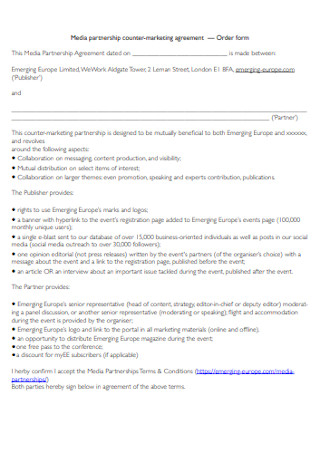
Brand Media Partnership Counter-Marketing Agreement
download now -
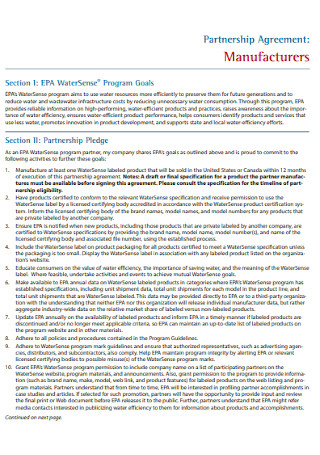
Brand Products Manufacturers Partnership Agreement
download now -
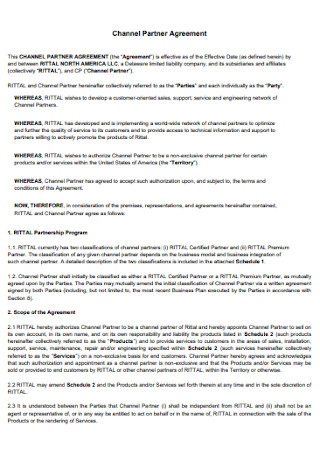
Brand Channel Partner Agreement
download now -
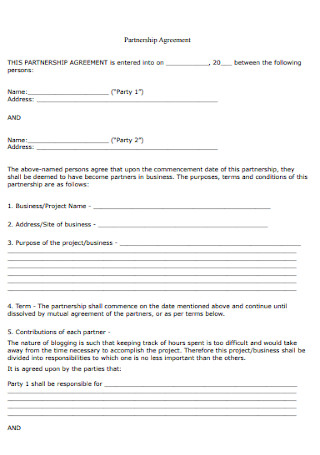
Simple Brand Partnership Agreement
download now -
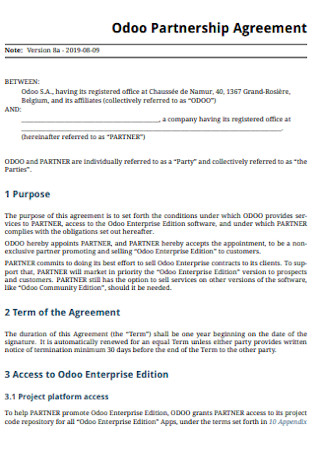
Sample Odoo Brand Partnership Agreement
download now -
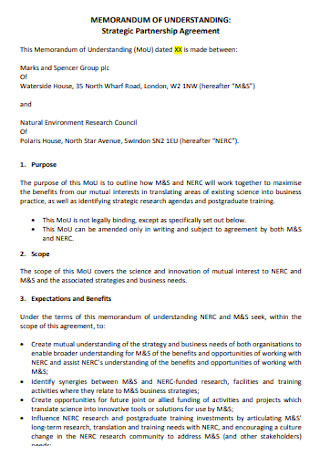
Sample Brand Strategic Partnership Agreement
download now -
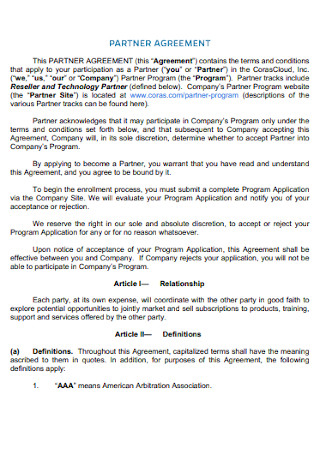
Basic Brand Partner Agreement
download now -
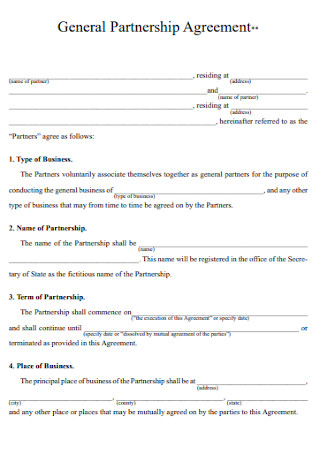
General Brand Partnership Agreement
download now -
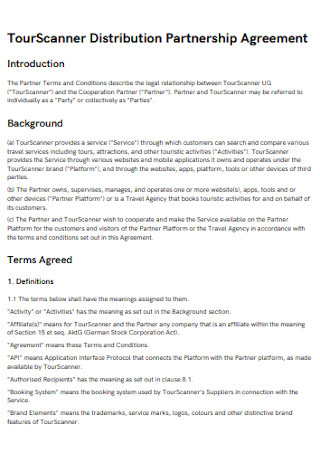
Brand Distribution Partnership
download now -
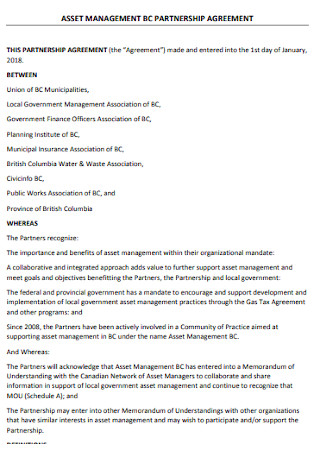
Sample Asset Management Partnership Agreement
download now -
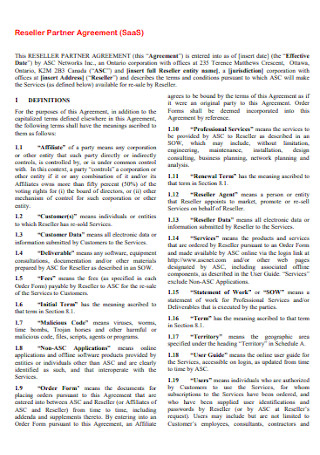
Sample Brand Reseller Partner Agreement
download now -
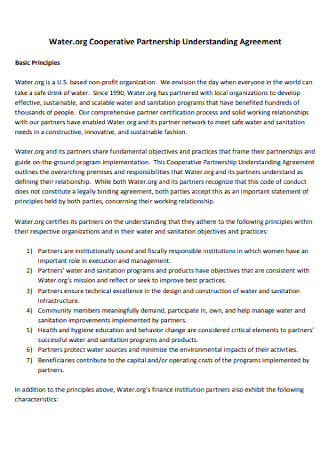
Brand Cooperative Partnership Understanding Agreement
download now -

Brand Parnership Agreement Checklist
download now -
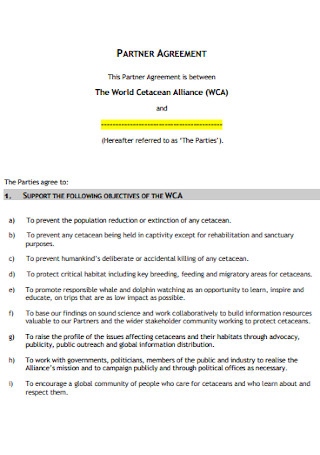
Formal Brand Partnership Agreement.
download now -
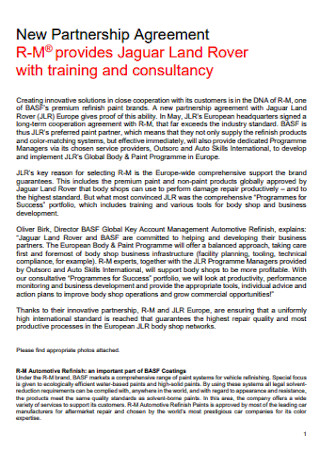
Sample New Brand Partnership Agreement
download now -

Brand Company Partnership Agreement
download now -
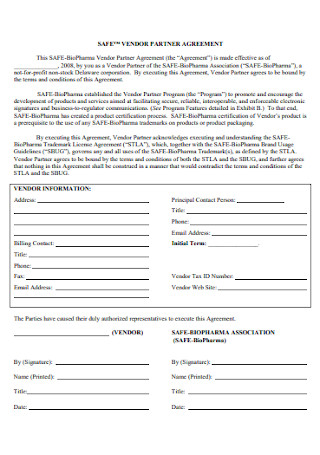
Sample Safe Vendor Brand Partner Agreement
download now -
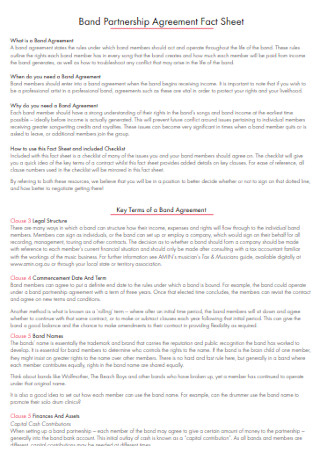
Band Partnership Agreement Fact Sheet
download now -
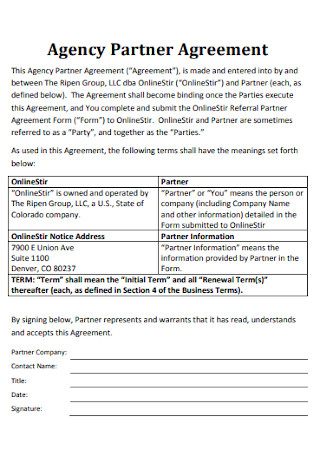
Agency Brand Partner Agreement
download now -
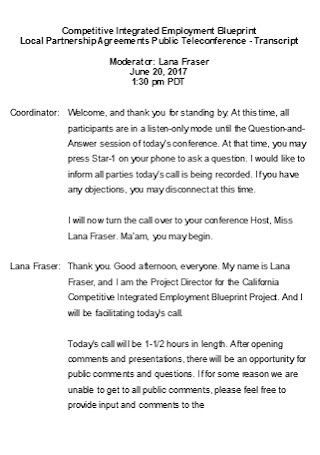
Local Brand Partnership Agreements
download now
FREE Brand Partnership Agreement s to Download
Brand Partnership Agreement
What Is a Brand Partnership Agreement?
Useful Facts About Brand Partnerships
How To Develop Partnerships Between Two Brands
FAQs
How do you launch a new service or product that fits your brand?
What do you need to do after the initial launch of a new product?
What are the key components that make your brand successful?
How do you improve brand recognition?
Can you benefit from your employees’ word of mouth?
What Is a Brand Partnership Agreement?
If you are familiar with Pillsbury baking ingredients combined with Hershey’s chocolate or Kellogg’s cereal mixed with Smucker’s Jif peanut butter, both are good examples of brand partnerships. A brand partnership agreement is an arrangement between two entities who seek to increase their profitability, brand image, cost savings, market share, and more by manufacturing special items. Brand partnership, which is also known as co-branding, is a business strategy where two brand names work as one to gain more sales by creating a new product. Now, before we proceed to statistic figures, let us first define the term brand value. Brand value describes a brand’s worth, and it implies that a more famous brand can generate more sales than a less-famous brand. Note that even Apple signed a partnership contract with Nike to invent NikePlus, which is a technology that tracks a person’s activity.
According to Statista, as of this year, Amazon has the highest brand value amounting to $221 billion.
Google comes second with a brand value amounting to $159.7 billion.
Apple comes third with a brand value amounting to $140.5 billion.
Useful Facts About Brand Partnerships
In a marketplace where several and different brands fight to get the spotlight, it can be tough. Unestablished brands often lose to innovative competitors, therefore, decreasing the value of their brand. For that reason, co-branding is a method companies use to maintain brand identity, to keep the loyalty of customers, and to stay on top. With that said, brand partnerships are not as simple as they may seem. Bear in mind that not all methods are without flaw, and sometimes partners may lose with co-branding rather than gaining from it. So, it is essential to keep reality in check before getting involved in any 50 50 partnership agreement.
How To Develop Partnerships Between Two Brands
Signing a brand partnership agreement form with another company can have its benefits as well as disadvantages. For that reason, companies need to know how to develop partnerships through strategic ways. The following are brand partnership guidelines or ways to help you and your partner achieve your business goals.
Step 1: Choose a Partner Who has the Same Goal
Your company must choose a partner who has the same goal in mind. When one company ties with another, both will have the same ties with their customers. So, when one company loses its customers, the other will lose those customers as well. Having similar goals from the beginning of the deal will serve as a foundation for you and your partner to rely on when problems arise later on.
Also, check for brand engagement. Do not look at a brand’s advertising materials and assets, but see how a brand connects with its customers in review platforms, online forums, and social media. By doing that, you will see a brand’s core beliefs, principles, and values. Once you have chosen the right partner, support your partnering company by promoting it. Share your referrals and connections because the success of your partner is now also your success.
Step 2: Bring Value to Your Customers
Both companies should have complementary strengths. When one company has deficiencies, the other must fill those gaps, while operating in unity. When businesses help each other, both will be able to provide true value to their customers, whatever their product may be.
Step 3: Seek to Solve a Problem
The new product you create must solve your customers’ problems. You can identify complementary items by performing customer segmentation, persona strengthening, and strategic marketing. Customer segmentation is when you divide customers into different groups based on their characteristics so you can market a particular product to each group successfully.
Step 4: Delve into Customer Data
In your brand collaborations, it’s crucial to delve into all your customer data, so you get to understand your consumer’s behaviors when it comes to using your product. Determining the differences and commonalities of your customers and knowing what they need or want will be your basis for establishing marketing programs. In this way, you will probably have a remarkable boost in your sales.
Step 5: Sign a Basic Partnership Agreement
A verbal agreement concerning all the steps you need to take is not enough to keep your partnership intact. You and your partner must agree to sign a brand partnership contract. The contract will be your guide on how things will proceed, and it will also outline your obligations towards one another while the contract is in operation.
FAQs
How do you launch a new service or product that fits your brand?
Your new service or product should fit the name of your brand so customers will not get confused, that is unless you have a good reason to separate a new product from your existing products. You can launch it while keeping the standards of your brand in mind. What you need to do is to create a business plan to launch it. You can ask help from brand advocates so they can display proof of your product’s performance.
What do you need to do after the initial launch of a new product?
After your first launch, check the feedback, and adjust your business plan as necessary. Prepare yourself to implement the changes made and be flexible in the process. To back up your efforts, invest enough resources, including workforce and time. If your plan succeeds, make use of your product’s momentum instead of waiting for your investments to return.
What are the key components that make your brand successful?
The key components that make a brand successful are the following: (1) Preparation. Planning is vital, and it gives you a chance to take advantage of opportunities, so your brand reaches its full potential. (2) Evaluation. It is crucial that you assess the weaknesses and strengths of your company by conducting customer and employee surveys. These surveys will help you see what areas you need to improve in your business. (3) Monitoring. Keep an eye on your competitors by getting information from your customers. (4) Engagement. Address the concerns of your customers towards your products. Deal with negative feedback professionally and don’t disregard them. Think of complaints as a chance for you to make your brand better. (5) Consistency. Customers buy your products for what they are, so keeping your product’s consistency is very important. By being consistent, you will build the trust of your consumers and strengthen your relationship.
How do you improve brand recognition?
Brand recognition is more than just getting name mentions from customers. It is fostering the understanding and perception of your target audiences towards your brand. A baseline assessment will guide you in knowing why your brand recognition is weak. You can do this by incorporating and experimenting with different strategies. Create an opening that will give your audience a chance to spread the word. Also, remember that you have your advocates, which are your employees. They can be an effective resource if you allow them to make your product known.
Can you benefit from your employees’ word of mouth?
When you talk about your company’s values, mission, and vision and expound on important business matters with your employees, your employees may talk about these matters to others. They are not directly selling a product, but are simply being excited about the company’s plans. Also, to promote brand awareness, a company must give before it takes. This is one thing businesses often forget about. A brand that helps the community is a brand the community knows very well, thus, increasing brand awareness. Also, this helps build stronger bonds among your employees and a better working culture.
In brand partnerships, companies share their expertise to provide better services or products to their customers while increasing and generating more sales. Co-branding has already proven itself, as we’ve seen in some of the examples mentioned above. So, if you are a company owner who plans to get into an agreement with another, first know the facts concerning co-branding, then learn how to develop partnerships, and lastly, download one of our partnership agreement templates above.
